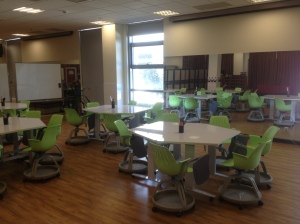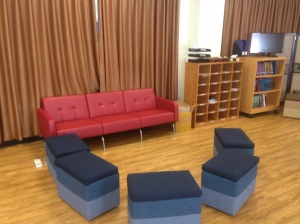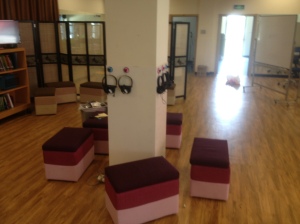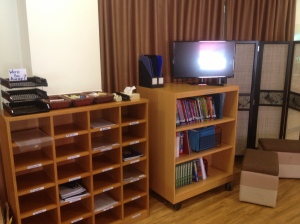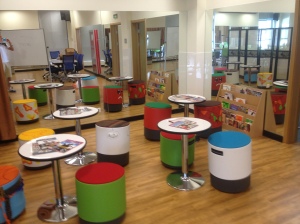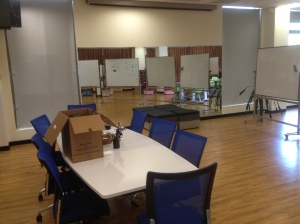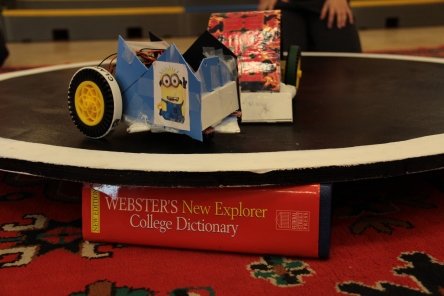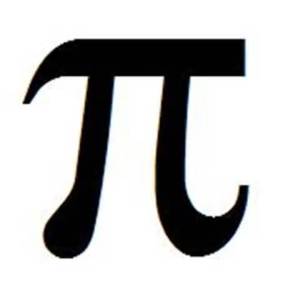Today I was told education is a business. Here’s my response to that statement:
IS EDUCATION A BUSINESS
Kind of. Like a business, schools must establish a model that reaches its target market. In a school’s case, the target market are the parents. But unlike business, that can appeal to a certain type of customer; Apple, with its high end phones and fancy gadgets that appeals to the tech savvy, creative user; or Starbucks that caters to the socially conscious, business exec that can run global board meetings but also join a campaign to save the endangered dolphin; educators have to appeal to a broader, less definable demographic; one that includes students and families of all colors, race, creed, backgrounds, wants and needs.
Educators must appeal to a market that includes the boy who walks in twenty minutes late because dad and mom were fighting and school for the moment took the back seat. Educators must appeal to the student who needs a detailed outline of daily events while soft music resonates in the background because if not, they will wave their hands wildly in the air and begin peeling paint off the post in the center in the room. Teachers, to please their most conservative parents, must avoid any part of the curriculum that includes only the scientific perspective; but at the same appeal to their more liberal counterparts who demand the exploration of any and all alternating theory to canonized doctrine.
Yeah, education is like a business, with the market being the entire world. You see, education unlike any other good or service offered in the world, for the most part is free. And unlike world- class businesses, it offers one of the biggest returns on your investment. What business for no fee puts the world at your fingertips? What business freely offers second and third languages so that its constituents can become more globally aware and engaged citizens? What business is willing and able to adapt daily to the needs of its consumer? What business is engaged in continual ethical conversations that places integrity over profit margin? What business if not achieving its goal is not allowed to shut its doors and throw up its hands in failure? What business, despite offering the most life- changing product in the world, is criticized from all sectors as not doing enough?
Marketing and business students should take their introductory course from incredible educators, who run the most successful businesses in the world.
